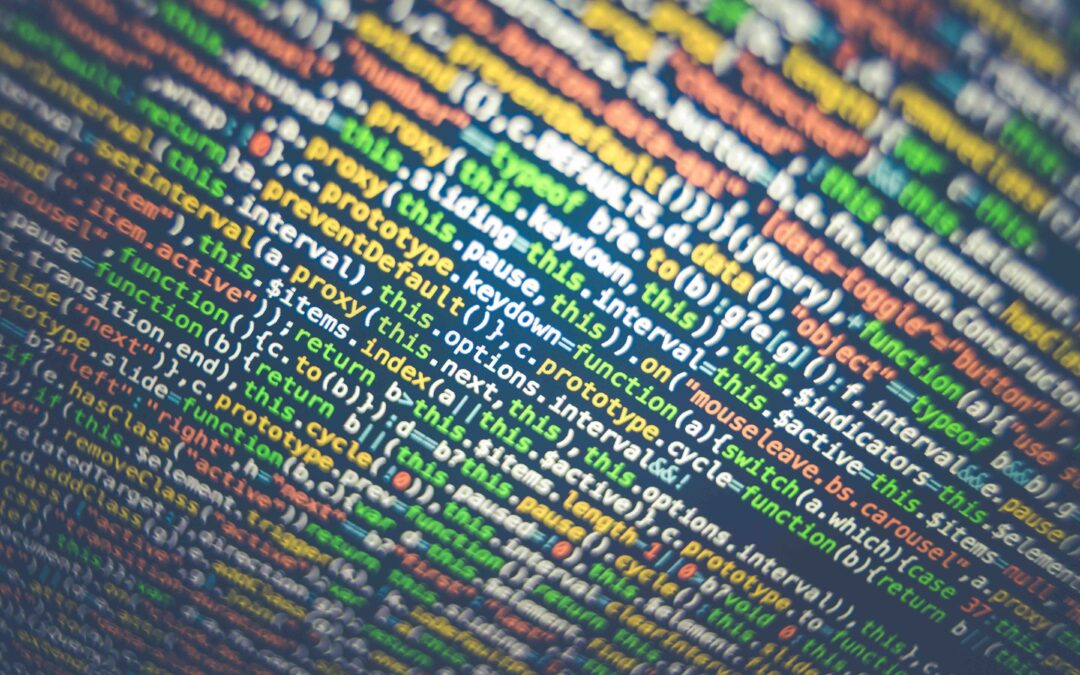
Ethical Considerations of Movement Lawyering
Read Full Article (PDF)
On October 25, 2024, The University of Richmond Law Review hosted a Symposium entitled Economies of Extraction: Labor, Care, and the Carceral State. Panelists Anna Kurien, Cassie Powell, and David Walrod spoke on movement lawyering, community building, and solidarity in our current legal and political environment in a discussion moderated by Professor Doron Samuel-Siegel. The conversation is transcribed below, which has been edited for clarity and cohesion. The University of Richmond Law Review was honored to host our panelists and is thrilled to publish this transcript of their thoughtful dialogue.
Moderator: Professor Doron Samuel-Siegel *
Panelists: Anna Kurien,** Cassie Powell,*** David Walrod ****
* Professor of Law, Legal Practice at the University of Richmond School of Law
** Legal Director, Civil Rights & Racial Justice Program at the Legal Aid Justice Center.
*** Director, Access to Justice Clinic; Assistant Professor of Law, Legal Practice at the University of Richmond School of Law.
**** Union President, Fairfax County Federation of Teachers. The Fairfax County Federation of Teachers represents all non-administrative certified and classified Fairfax County Public Schools employees.





